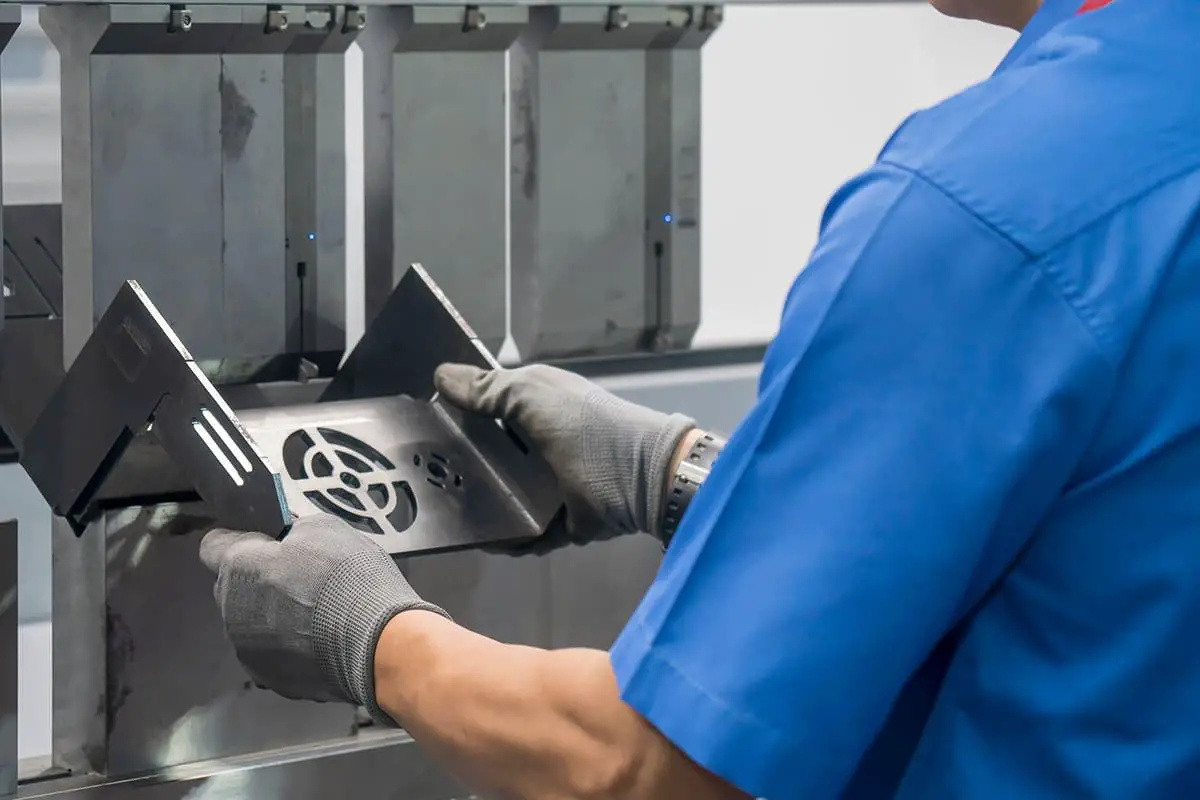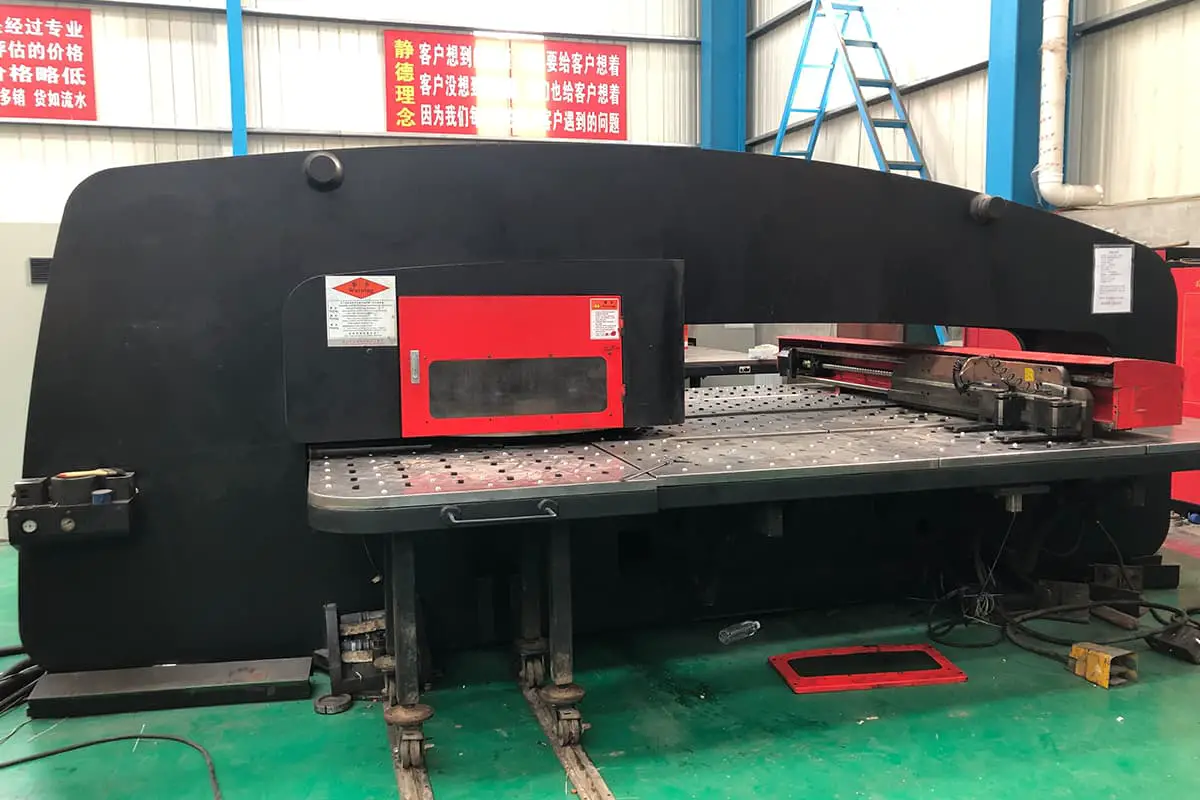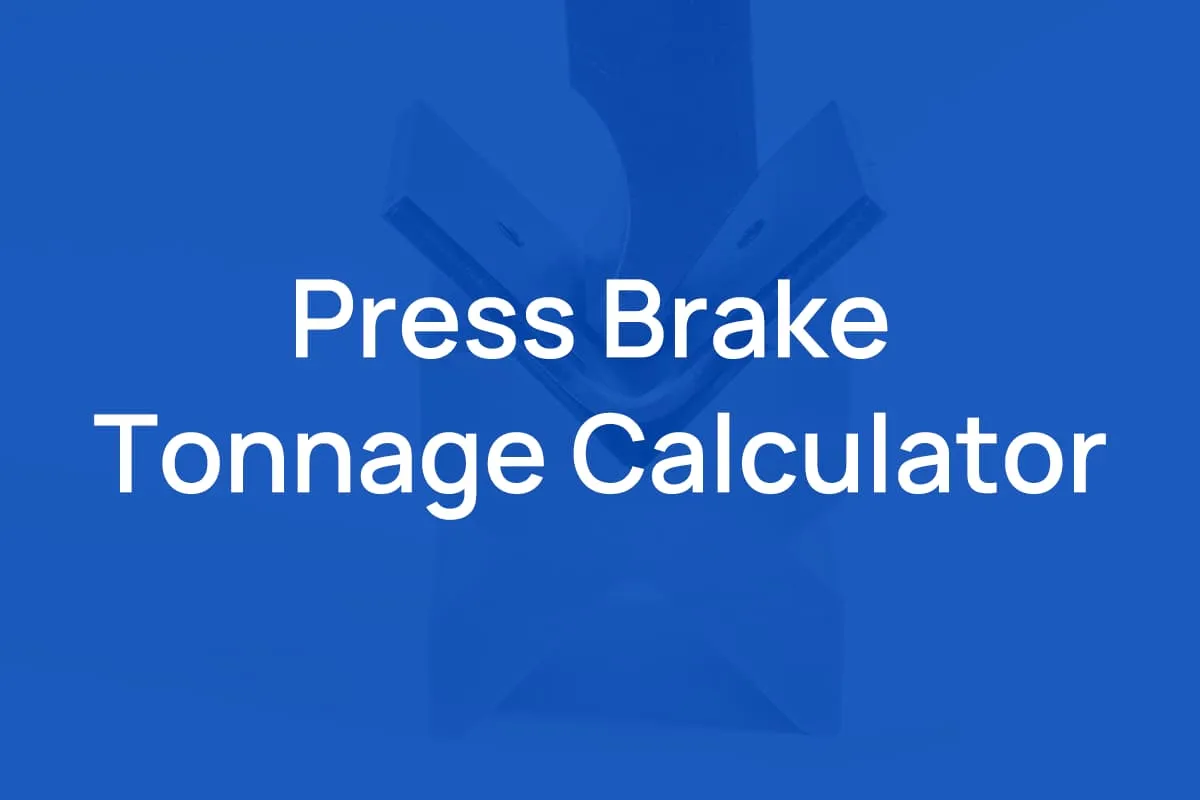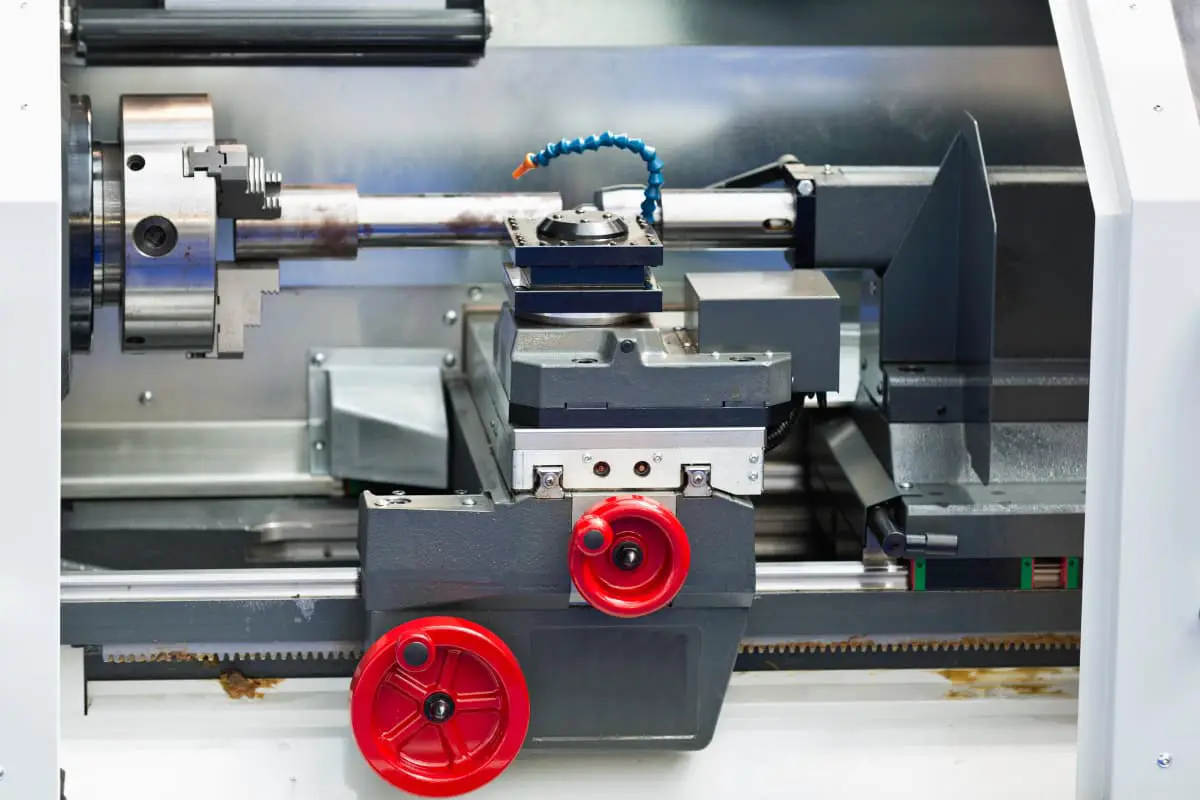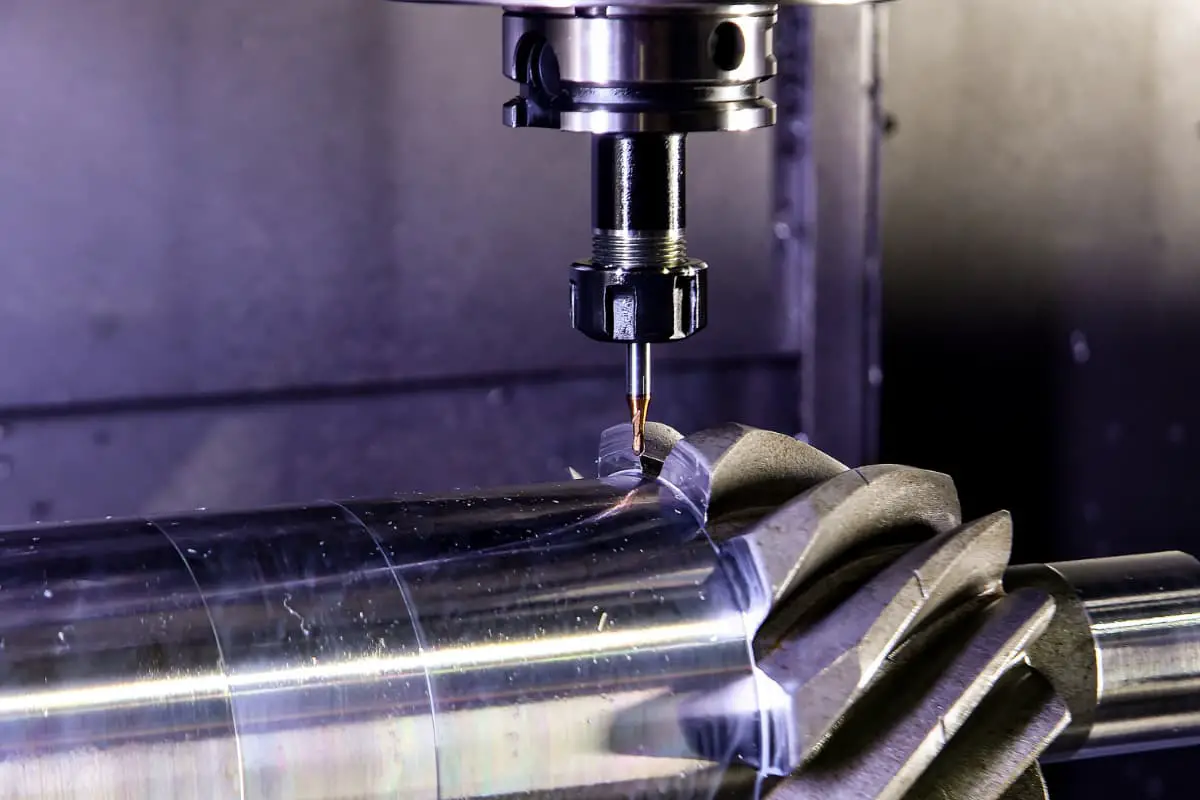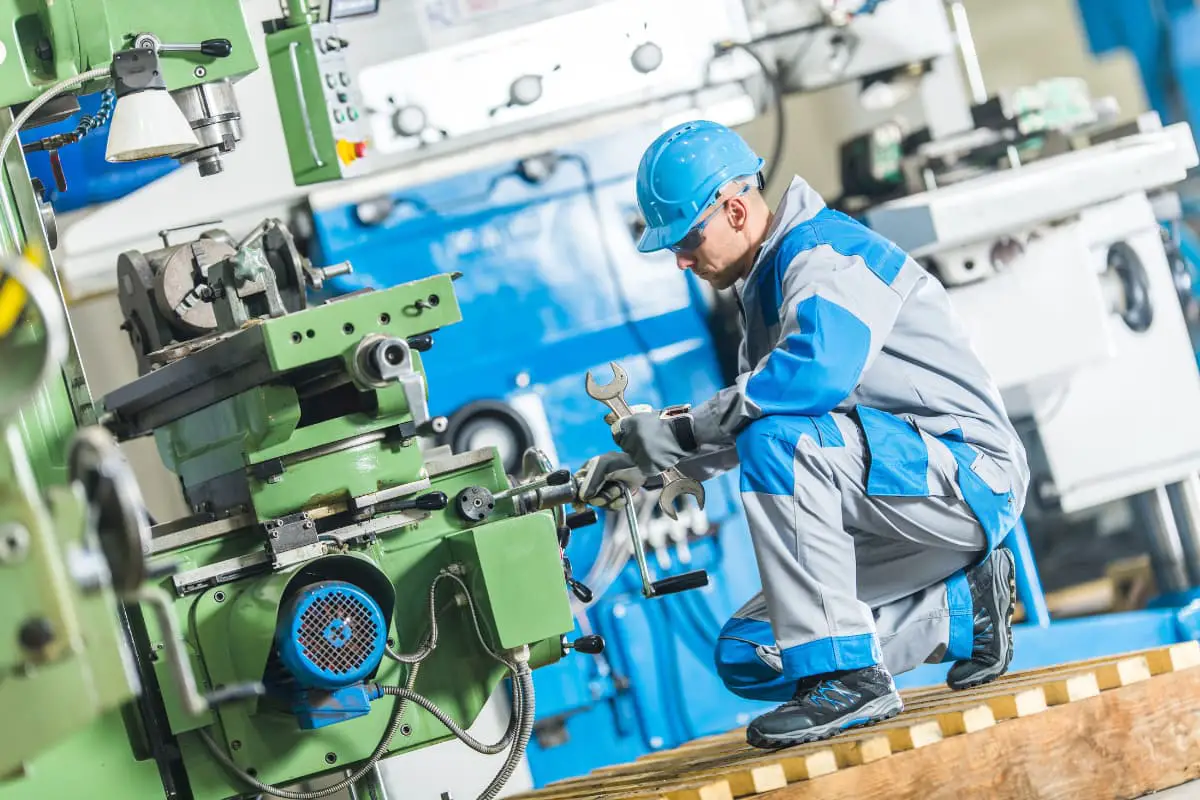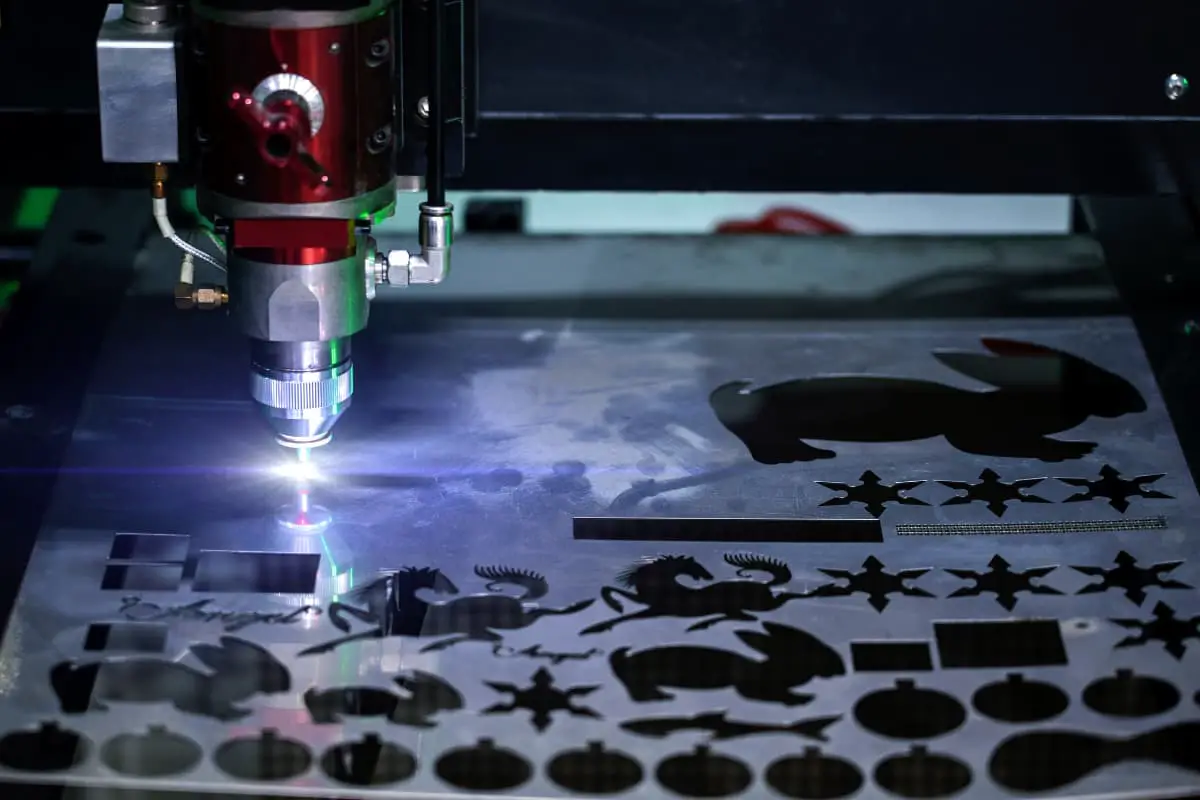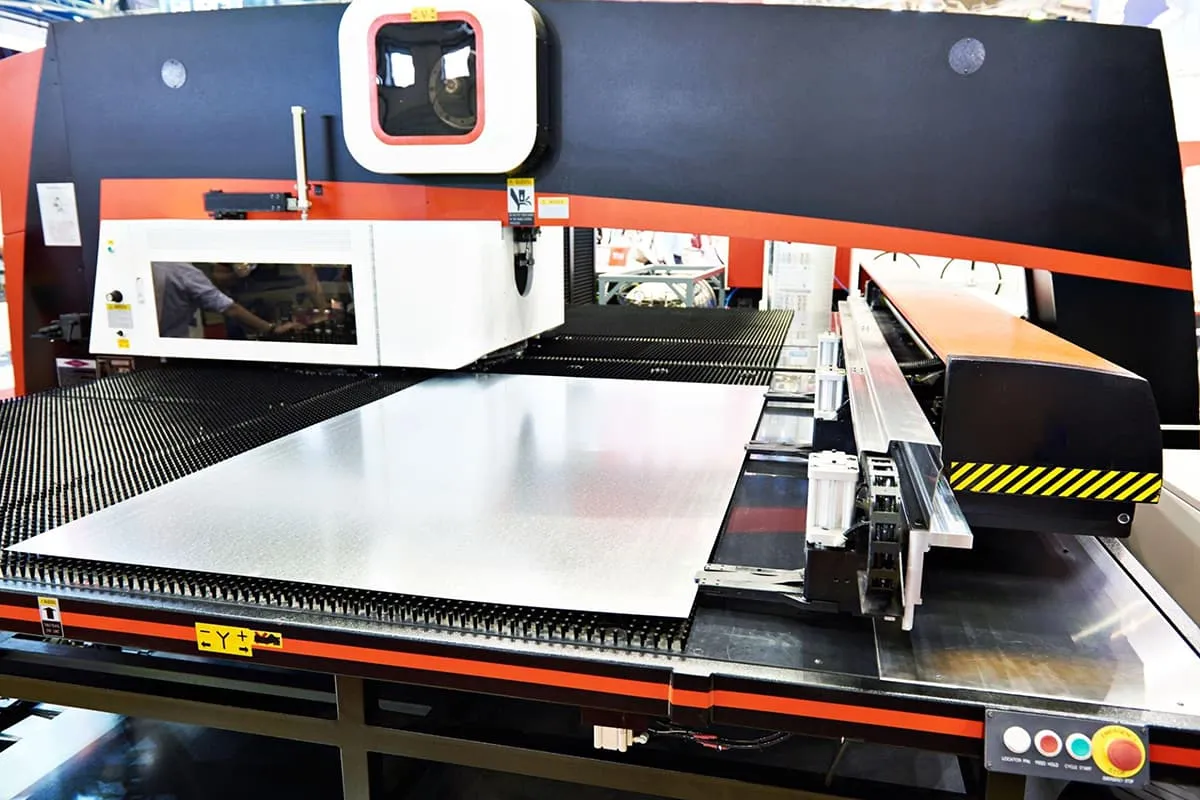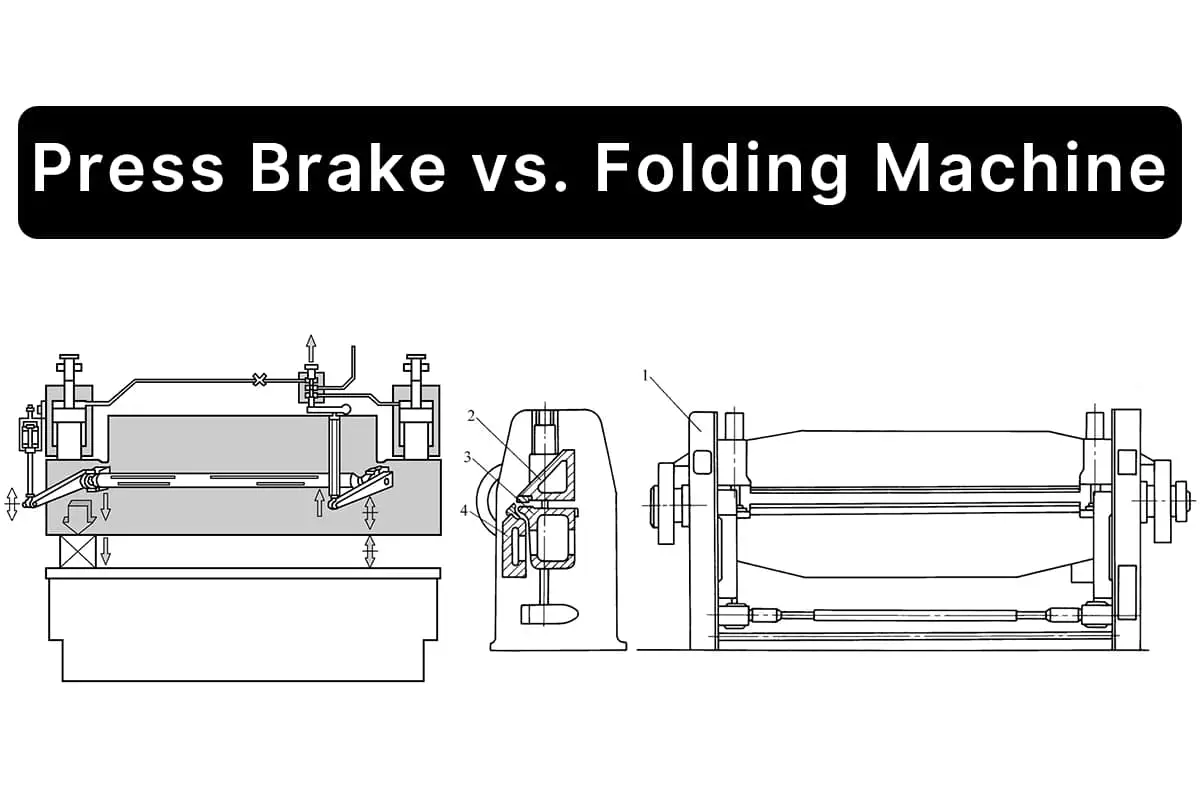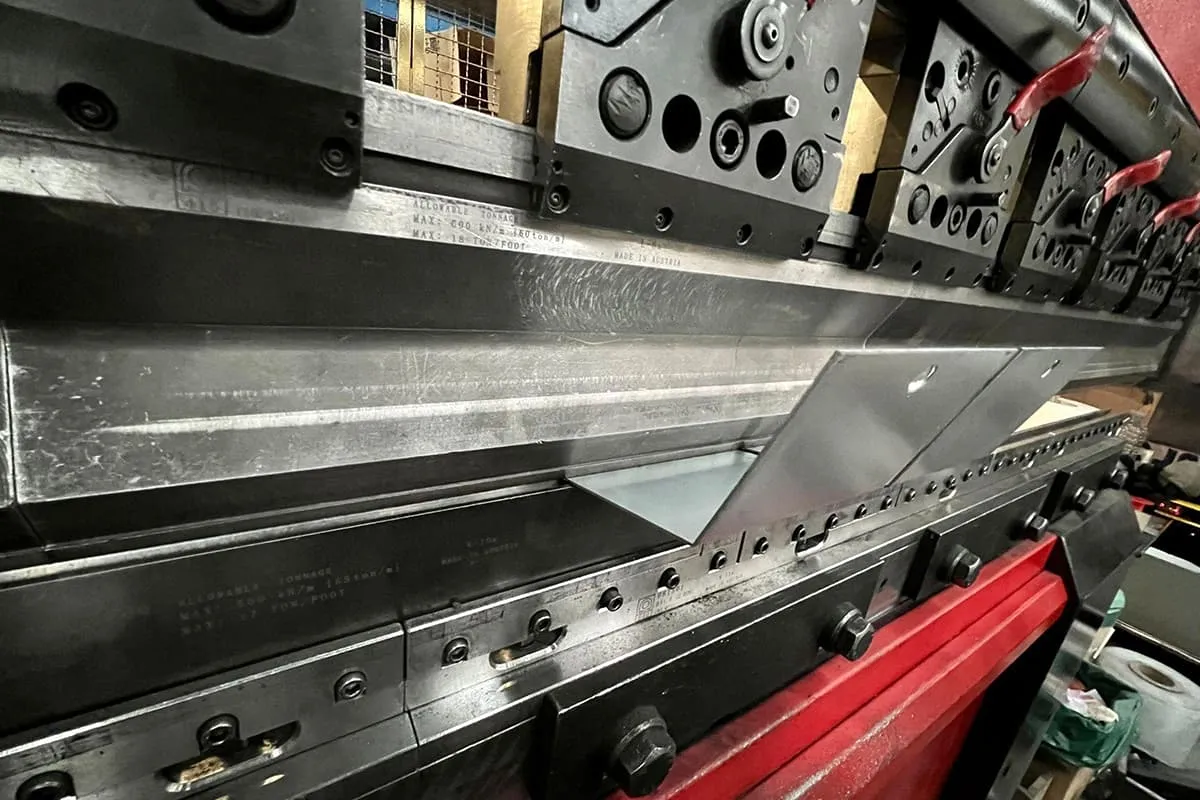
1. The oil pump has too much noise (too fast heating), and the oil pump is damaged;
1. The oil pump is emptied due to air leakage in the oil suction pipe of the oil pump or low oil level in the oil tank;
2. The oil temperature is too low and the oil viscosity is too high, resulting in large oil absorption resistance;
3. The oil filter at the oil suction port is blocked and the oil is dirty;
4. The pump is damaged (injured during pump installation) by any knocking;
5. Coupling installation problems, such as axial tightness, and misalignment of the motor shaft and oil pump shaft;
6. After the pump is installed, it reverses for a long time during commissioning or there is no refueling;
7. The outlet high-pressure oil filter is blocked or the flow cannot reach the standard;
8. The oil pump is empty (there is oil, but there is air at the oil suction port of the oil pump);
9. If it is a plunger pump, the height of the oil return pipe may be set too low;
10. If it is HOEBIGER oil pump, it may be necessary to bleed;
11. Oil temperature is too high, resulting in viscosity reduction (within 60 °C);
12. The hydraulic oil contains water, which will cause the high-pressure filter element to be blocked and damaged.
2. The system has no pressure or the pressure cannot be built up
1. The oil pump rotates incorrectly or is damaged;
2. Whether the pressure gauge is damaged;
3. Whether the pressure control valve has electric signal or the valve is blocked;
4. The pressure cartridge valve is blocked and jammed, and the oil cannot be sealed;
5. The liquid filling valve is stuck (the sliding block does not slow down);
6. The compensation amplifier is too small;
7. The pressure can only reach a certain value. Use the method of directly supplying 24V to judge whether there is a problem with the valve oil pump.
3. Slow pressure building (REXROTH hydraulic system)
1. The damping hole at port X of the pressure valve may be blocked;
2. The cartridge valve at the pressure valve may not act flexibly;
3. Possible electrical problems: test the solenoid pressure valve directly with 24V voltage, or test the solenoid pressure valve spool with something;
4. Whether the high-pressure oil filter is blocked.
4. There is an impact sound when it is going down quickly
1. Impact sound caused by loose guide plate;
2. The position of the black plate of the grating ruler is incorrect;
3. The setting value of the delay parameter before fast downloading is too small.
5. The ram does not move down quickly
1. Whether the quick lowering valve has electric signal or is stuck;
2. Whether the electromagnetic proportional directional valve has electric signal or whether the valve element acts and is stuck (check the feedback voltage);
3. The mechanical part is too tight, such as the guide rail plate is too tight, and the oil cylinder is too tight;
4. The liquid filling valve is closed and cannot be opened, so no oil can be absorbed;
5. Grating ruler problem;
6. Check whether the foot switch is in good condition and the wiring;
7. After the slow-down valve is powered on, close the liquid filling valve, and the upper chamber cannot absorb oil.
6. The ram speed switching point has a long pause time
1. Air is sucked into the upper chamber of the oil cylinder, and the pressure is built for a long time (the self-suction pipeline leaks);
2. The flow of the liquid filling valve or self-priming pipeline is small, or the ram moves down too fast, causing vacuum suction;
3. The filling valve is not completely closed, and the pressure in the upper chamber decreases slowly;
4. After the slow-down valve is powered on, close the liquid filling valve, and the upper chamber cannot absorb oil;
5. The opening is not the same and the operation is not synchronous due to the wrong neutral position of the proportional valve;
6. Whether the test stops when the fast downward speed is reduced;
7. The fast downforce has an impact on the closing of the liquid filling valve, so eliminate the fast downforce;
8. Adjustment of pressure parameters in the delay stage before work entry;
9. The damping hole of the control pipeline of the liquid filling valve is too small, forming a differential pressure;
10. CNC system parameters (delay before slow down);
11. CNC system parameters (slow down gain parameters decrease).
7. No slow-down action of the ram
1. Whether the electromagnetic proportional directional valve has electric signal or whether the valve element acts and is stuck;
2. The system cannot establish pressure;
3. The liquid filling valve is stuck, or the sealing ring of the liquid filling valve leaks;
4. Whether the slow-down valve has electric signal or is stuck;
5. The back pressure is too high or the slow downward pressure is too low.
8. The ram vibrates, swings and makes noise when moving slowly
1. The oil cylinder discharge pressure oil contains bubbles;
2. The sliding block guide rail friction is too large, whether there is lubricating oil;
3. The gap between the binding surfaces of the guide rail plate is large or uneven;
4. The level of the rack and workbench is not adjusted properly;
5. The balance valve is blocked;
6. Check whether the quick-release valve is energized and opened.
7. NC system parameters (gain), or the feed speed is set too large;
8. The back pressure valve is loose and the resistance on both sides is different;
9. Whether the solenoid proportional valve coil is biased and whether the proportional valve neutral signal is correct;
10. Check whether the signal of the proportional servo valve is disturbed by the same method as above;
11. The piston rod is locked by the oil cylinder seal ring, and the resistance is large (test with PTFE hard seal ring);
12. The spherical washer on the grating ruler is not installed, the sliding seat does not move smoothly, and the communication line of the grating ruler is faulty;
13. The pressure curve is not correct, and the pressure is not enough when entering the work;
14. There is a small amount of leakage from the pressure seal O-ring of the charging valve.
9. Large synchronization deviation when slowing down
1. Synchronous detection system failure (grating ruler);
2. Proportional directional reversing valve;
3. Quick-release valve leaks;
4. The back pressure difference between the two sides is large;
5. The oil temperature is too low;
6. The upper and lower cavities of the oil cylinder are flushed with oil;
7. NC system parameters.
10. The ram vibrates and shakes when maintaining pressure at the lower dead point
1. There may be a problem with the grating ruler;
2. The oil cylinder discharge pressure oil contains bubbles;
3. The balance valve is blocked;
4. NC system parameters (gain);
5. The back pressure valve has problems, and the resistance on both sides is different;
6. Problems with the electromagnetic proportional valve: the middle position may be incorrect;
7. The lifting bolt of the oil cylinder is loose → the lower dead point shakes, the contour is not correct, the bending angle is not correct, and there is a noise when bending.
11. The ram has no return action or the return action is very slow
1. Check whether the electromagnetic proportional reversing valve reverses and is damaged;
2. Whether the system has built up pressure or the return pressure is too small;
3. One side of the charging valve may be stuck or not fully opened;
4. After the slow-down valve is powered on, close the liquid filling valve and do not return quickly;
5. CNC system: the programming angle is too small to reach the lower dead point of bending programming;
6. Zero setting of CNC system parameters;
7. The grating ruler is damaged or the wiring is faulty;
8. Check whether the system pressure is built slowly.
12. The ram vibrates and shakes during the return
1. The return pressure is too high or too low;
2. System parameters or PLC and DM02 modules;
3. Check whether the proportional valve coil is deflected.
13. Ram slide (top dead center)
1. Adjustment of back pressure valve;
2. The back pressure valve leaks or the quick lowering valve leaks;
3. The upper and lower cavities of the oil cylinder are flushed with oil;
4. Proportional valve offset;
5. The support stability of the seal ring is not enough, and the sliding block will slide after deformation;
6. Determine the cause of sliding – after removing the proportional valve, observe whether the oil outlet of the lower chamber has oil.
14. Large bending angle error
1. Check whether the compensation deflection of the compensation cylinder is large and the zero position cannot be completely restored;
2. Check whether the quick clamp wedge is loose;
3. Check whether the lower dead point of each bend changes;
4. Check whether the bow wrench is installed in a standard way and whether the screw hole is blocked;
5. The change of the plate itself (thickness, material, stress);
6. Whether the grating ruler is loose;
7. Inaccurate positioning accuracy: whether the zero offset value of the proportional valve is appropriate, and if the positioning cannot reach the bottom dead point, the return cannot be made.
15. Large bending straightness error
1. Check whether the compensation deflection of the compensation cylinder is appropriate;
2. Check whether the quick clamp wedge is loose;
3. Check whether the horizontal and vertical die-fitting surfaces on the slider are deformed;
4. Check whether the upper and lower molds are deformed;
5. The change of the plate itself (thickness, material, stress);
6. Check whether the lower workbench (neutral plate) is deformed.
16. Hydraulic pipeline leaks oil or oil pipe collapses
1. Check whether the oil pipe installation meets the requirements (extension length, pipe diameter, wall thickness, ferrule, nut too tight, too loose, bending radius, etc.);
2. Whether the oil pipe has impact and vibration;
3. Check whether the pipeline interferes with or collides with others;
4. The pipeline is not fixed with the pipe clamp.
17. Precautions for installation and maintenance of the hydraulic system:
1. The valves sealed with paint shall not be disassembled or adjusted by themselves;
2. If the valve works normally after cleaning, replace it with new oil and clean the oil tank immediately;
3. The oil pump shall not be knocked or impacted during installation, and the oil pump shall be refueled before commissioning;
4. During the installation of each valve, only the valve body can be handled, and no solenoid valve shall be contacted.
18. Common fault analysis of rear stopper
1. The rear stopper cannot operate:
① Check whether the driver alarms;
② Check the limit switches of each shaft;
③ Check the reliability of connectors.
2. Driver alarm;
3. The X and R axes run unsteadily with jitter;
4. Positioning accuracy change:
① Mechanical problems (looseness and impact)
② Electrical → unidirectional positioning;
③ Parameter adjustment;
④ Check whether the tensioning wheel is loose and whether the connecting screw of the lead screw is loose.
5. Overload alarm: if the ball screw can rotate easily, the steel ball may be damaged;
6. Alarm No. 16 of Axis R driver → gas spring broken;
7. No. 22 alarm of Z1 and Z2 axis → replace encoder cable;
8. No. 38 alarm → loose line connector;
9. Servo motor makes noise: the gain setting is too large.

